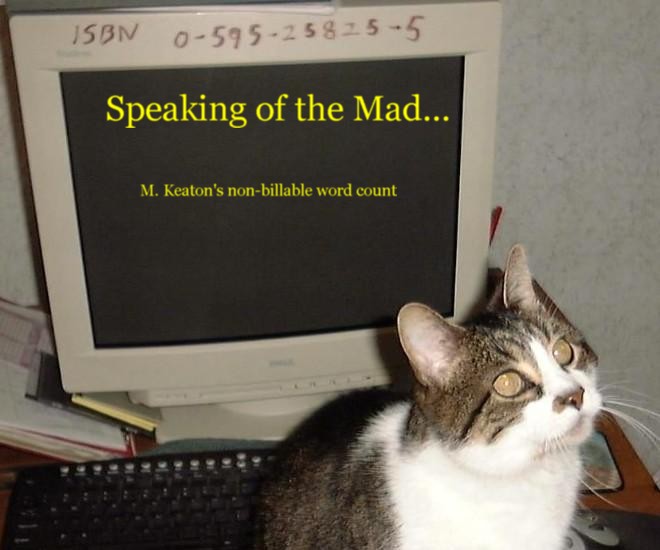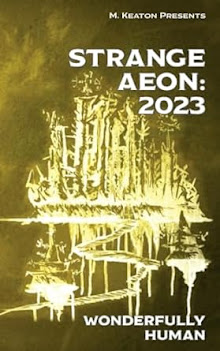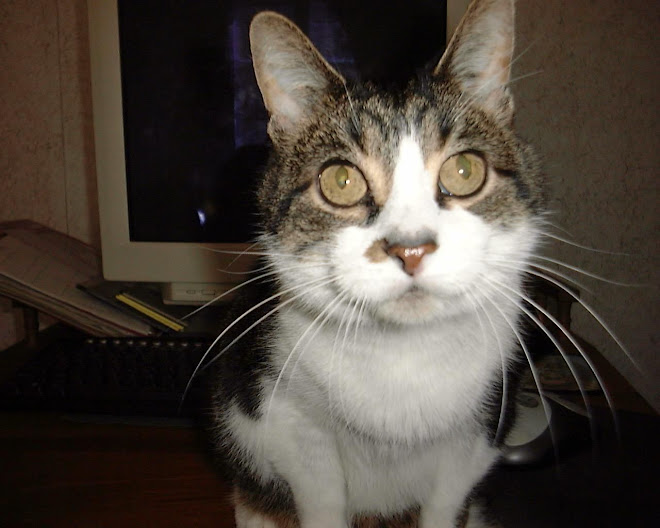This is a question we've been tossing around for a while and I think there is a general consensus that we can safely post on the blog. Feel free to add your own opinions.
When you are browsing, how important is cover art to which titles you select and actually buy?
For better or worse, it seems that cover art is the single most important factor for readers when they browse. Reviews, recommendations, and familiarity with the author’s previous work figure prominently in buying but, when a reader is wandering the stacks with no preset ideas in mind, the cover becomes the dominant factor.
When discussing book covers and cover art, it becomes rapidly apparent that, in the minds of most readers, the two things are one and the same. The cover art is not just the picture on the front but expands to include the entire structure of the book’s cover—the font and placement of the title, the layout of the spine, even the back cover blurb and publisher quotes and how they are presented all blend together into a singular entity. This makes the follow up question, ‘what is good cover art?’, doubly difficult to evaluate.
A marketable cover walks a razor’s edge. On the one hand, it must be different enough from the others around it to attract the browser’s attention. On the other, it must be similar enough not to confuse or put off the reader. Horror covers need to be scary, adventure books need exciting covers, the reader needs to be able to ‘categorize’ the book, by its cover, at a glance. Not only must the books cover broadcast its genre but, to a lesser extent, it needs to project a similarity to other in genre books of similar subject or style. Most series try to keep the same cover artist for all the covers in the series. Some go so far as to keep the same artist or at least the same artistic style for all of an author’s works. The selling power of Frazetta covers in fantasy is a good example. Graphic novels provide another insight into the symbiosis between artistic style and internal style by literally wearing their style on their cover.
But, with similarity is the rule of the day, what places one book ahead of another in the browser’s eyes? Obviously the subtle differences but what makes for a successful ‘distinction’ is very much in the eyes of the beholder and seems to be as mystical as any fictional arcana. This is where the cover structure comes into its own. Title placement, fonts, text layout on cover, spine and back—all these provide some of the greatest opportunities to individualize a cover, usually in surprisingly subtle ways. Some works demand a flowing, scripted font for the title. Some readers greatly prefer block lettering on the spine. Press quotes from reviewers hook some browsers and repulse others. Here, knowledge of the nature, style, and preferences of the books target audience is an absolute necessity and everything must be tailored to please the eyes and attract the attention of that audience.
There is no one formula that emerges for cover art. It is, pardon the pun, an artform. Every nuance of the cover has to be tailored to synchronize with the potential desired reader. Salinger’s classic Catcher in the Rye cover of gold lettering on a stark red background seems to defy all conventional wisdom but actually embodies it—the cover speaks of the book, powerfully, and reaches out to the reader from the shelves, distinct in its lack of trappings. On a personal note, I am constantly surprised by how the cover design of my own recent book, Speakers and Kings, has the power to draw readers, piquing their curiosity with the absence of pictorial art on the cover while the simplicity reassures them that the book is ‘classy’.
The cover of a book is possibly its strongest selling point and one of the most often overlooked aspects. It leads one to wonder, how many good books failed to sell because of the cover? And what a terrible disservice to the author that many publishing houses push them aside for this final step in the creative process—the writer’s foremost and final chance to portray his work in a single visual moment to his future readers.
Subscribe to:
Post Comments (Atom)





















No comments:
Post a Comment